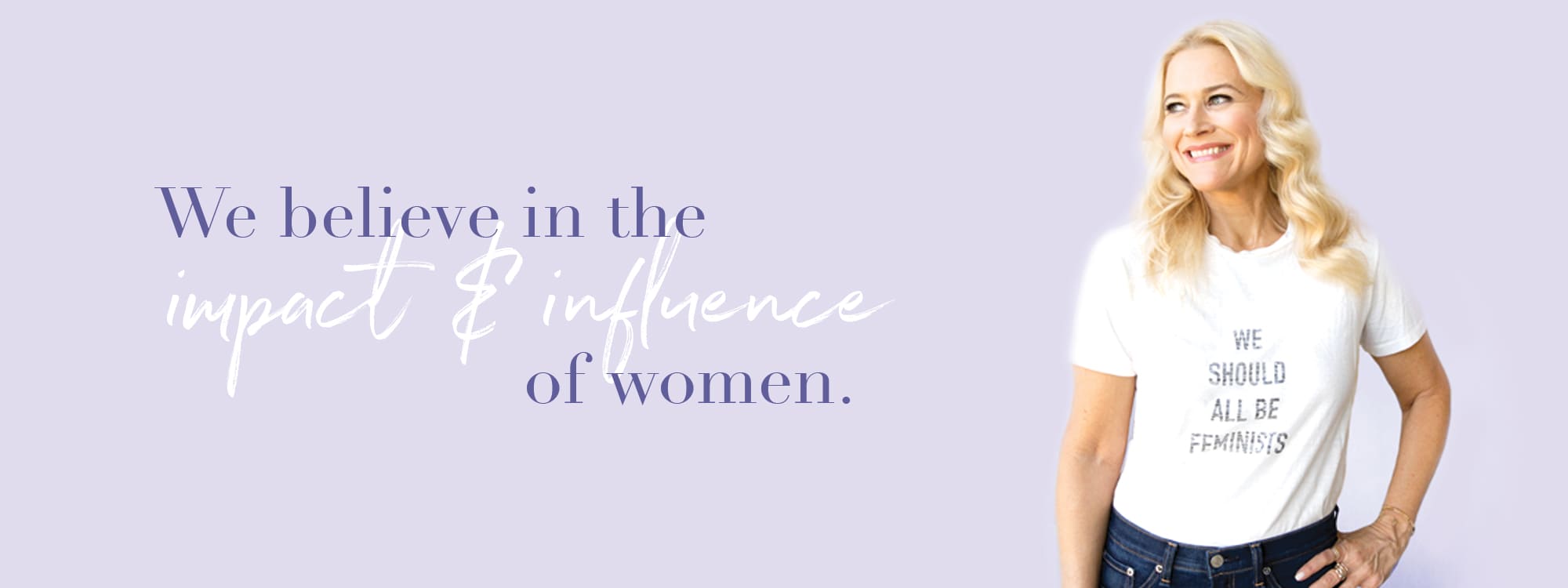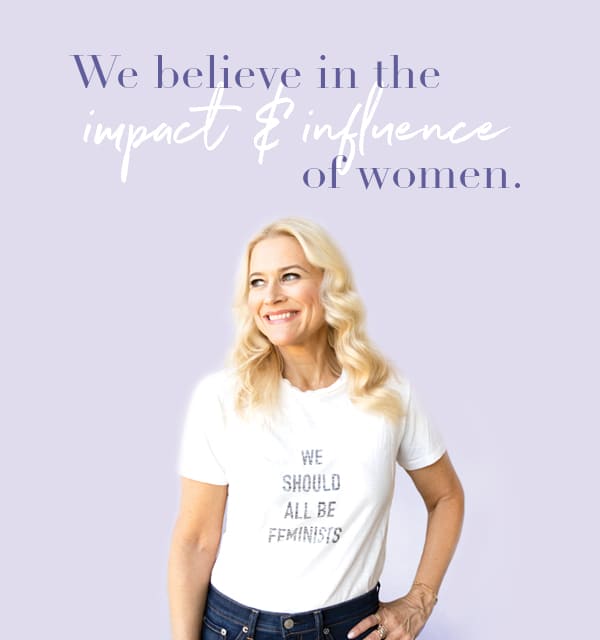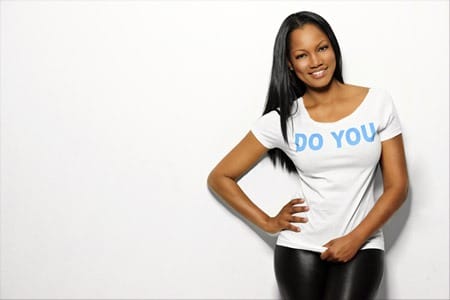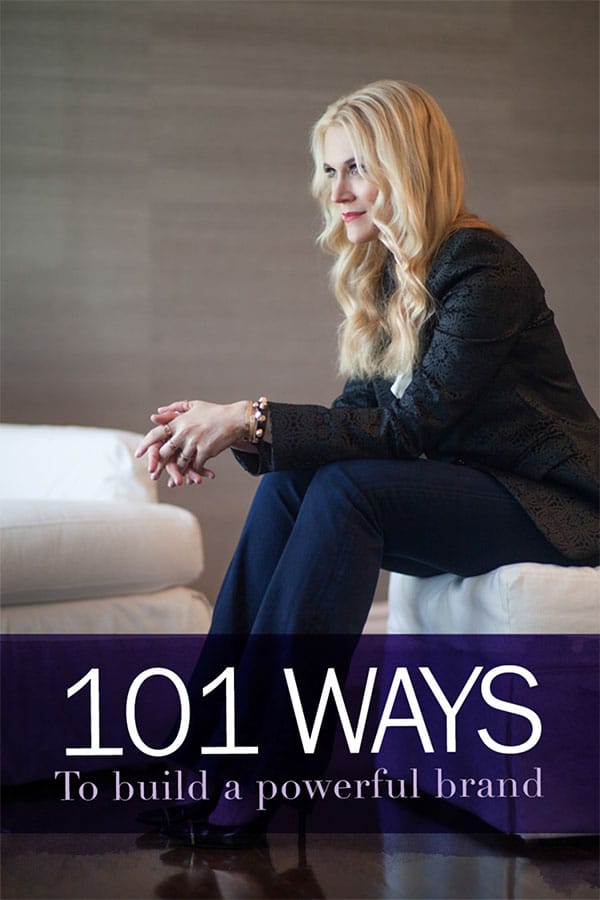 I hear a similar version of the same story again and again. Clients tell me they want a feature story in their local paper – or maybe even The New York Times or The Wall Street Journal. They’re sure that a plug on the Today Show, a mention in Fast Company or a spotlight in Oprah’s Favorite Things will catapult their business to the next level.
I hear a similar version of the same story again and again. Clients tell me they want a feature story in their local paper – or maybe even The New York Times or The Wall Street Journal. They’re sure that a plug on the Today Show, a mention in Fast Company or a spotlight in Oprah’s Favorite Things will catapult their business to the next level.
There’s no question that all of these things could bring you greater visibility, more credibility and more sales.
The question is, are you actually ready for that kind of exposure – and everything that comes along with it?
I’m sorry to be the bearer of bad news, but most people who think they’re ready…really aren’t. All too often, I see people pitching the media without preparing, practicing or gathering the basic necessary materials. The results can be embarrassing – at best.
If you’re pining for press and your 15 minutes (or much more!) of fame, follow these eight crucial steps before you start reaching out to the media to pitch yourself:
#1: Get clear about your brand.
Clarify what you stand for, who you serve and the value you deliver. If you can’t speak eloquently about yourself and your business, you’re not ready for prime time. To get you started on this, take some time to fill out the SheBrand Ultimate Brand Clarity Worksheet.
#2: Do your research.
Make sure you are very familiar with the media outlets you’re planning to pitch. What kinds of topics have they covered recently? Who’s in their audience? What do those people care about? Read each outlet for a few months before you plan to reach out so you can speak intelligently about the content and how you can provide value to their readers/viewers.
#3: Research journalists, too.
Before you reach out to a journalist, freelance writer or producer, make sure you’re familiar with their work. Read their work with an eye for their interests, themes and potential areas of specialty. When you do approach them, be prepared to comment on a recent story or two so they know you’ve done your homework.
#4: Gather your professional materials.
When a journalist says, “Send me your bio and headshots,” you can’t reply with, “Um, yeah, give me a week or so to pull that together.” You need to respond instantly. Which means you need to create your materials ahead of time. Make sure you’ve got a long and short version of your bio, brand/company profile, current headshot and lifestyle images, a FAQ sheet and speaking points/topics, and of course, a website that’s clear and inviting.
#5: Consider creating a digital media kit.
If you’ve got a new book or product – or you plan to do a lot of public speaking, this can be a good move. A media kit can contain (but not limited to) all of the professional materials listed in #4 above, plus interview questions and visual assets. Here is an example of my Style & Substance Media Kit we created for my recent book launch.
#6: Network like crazy.
If you know someone who’s been featured in the media, ask how they did it and if they have any suggestions for you. If they were featured in an outlet that would be a good fit for you, ask them if they are willing to make an introduction. If you attend industry conferences, see if you can get a media attendee list ahead of time – and make sure you do #1- #4 above, before you attend.
#7: Use Twitter as a resource.
These days, it seems like the only people hanging out on Twitter are politicians, activists – and reporters! Follow the media outlets – and the journalists and freelance writers who work with them – on Twitter. Retweet and comment when they share their stories (make sure you read them first!) Spend some time developing a social relationship with them before you pitch.
#8: Practice, practice, practice.
Once you’re ready to start pitching a story, approach low hanging fruit first. For example, pitch yourself to a podcast before you contact NPR, or pitch a small, local newspaper before you reach out to The New York Times. Start small. Build upward from there.
Also, take time to polish and refine your message. Enlist a friend to do a mock-interview with you so you can practice responding quickly, improvising on the fly, and getting comfortable using your voice in a different way. Remember, the people who seem so calm, relaxed and confident – Oprah Winfrey, Ellen DeGeneres, Michelle Obama – these are people who’ve been practicing for decades. They weren’t “born” media-ready. They’ve worked hard to hone their skills.
These eight steps may seem like a lot of work, but that’s the point. Very few people make it into the media spotlight, and even fewer deliver a sensational interview or presentation, because very few people are willing to put in the work.
But you aren’t one of those people. Decide today to do what it takes to get your story out there – to play a bigger game.
You got this.
I look forward to seeing you in the spotlight!
Get your copy of Style & Substance NOW!
Learn how to build an iconic brand that’s immediately recognizable, just like Chanel, DryBar and Beyoncé
(even if you don’t have a Beyoncé-sized budget!) If you’re a consultant, coach, service professional or any entrepreneur, Style & Substance is a must-read. Get your copy RIGHT HERE.













Great article Liz, spot on!
Thanks Natali dear, I love them too! ????custom essay writing